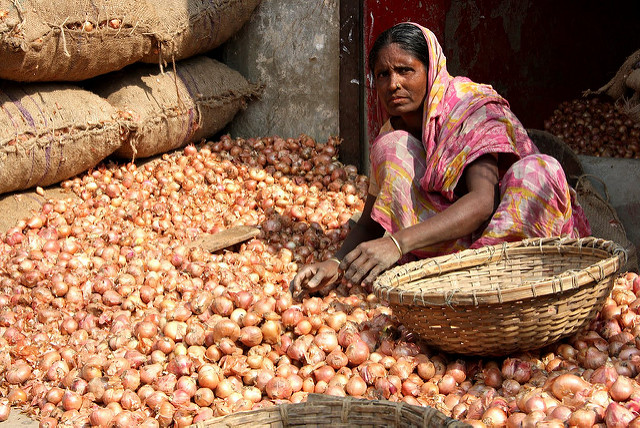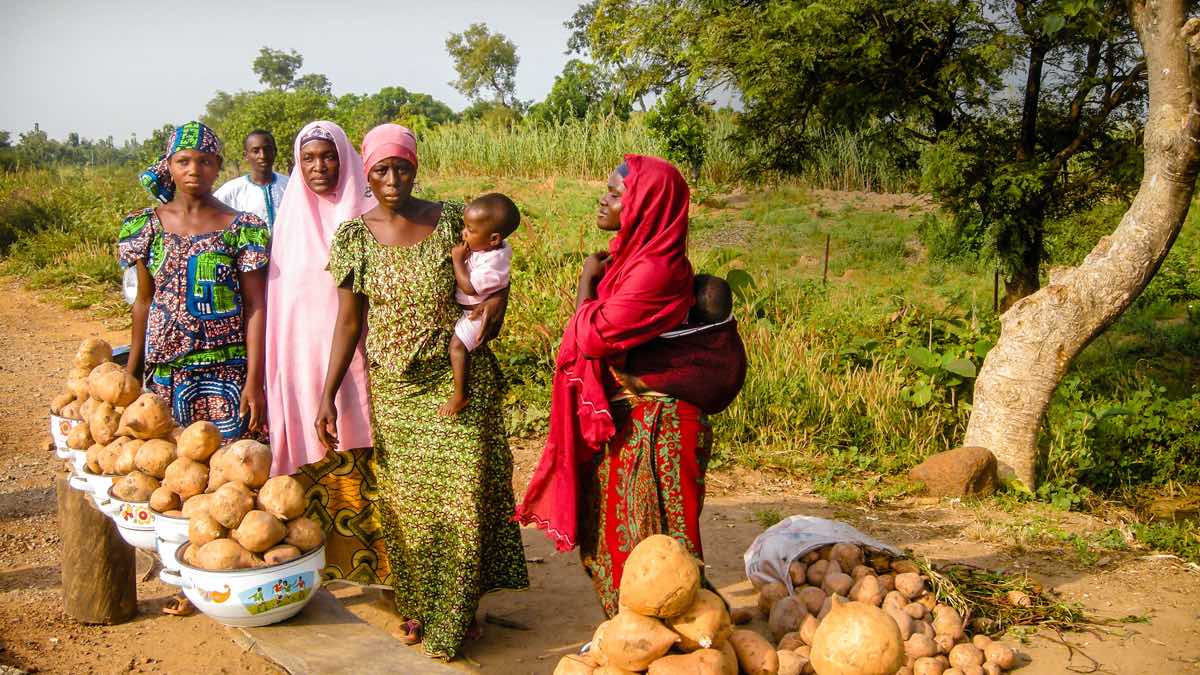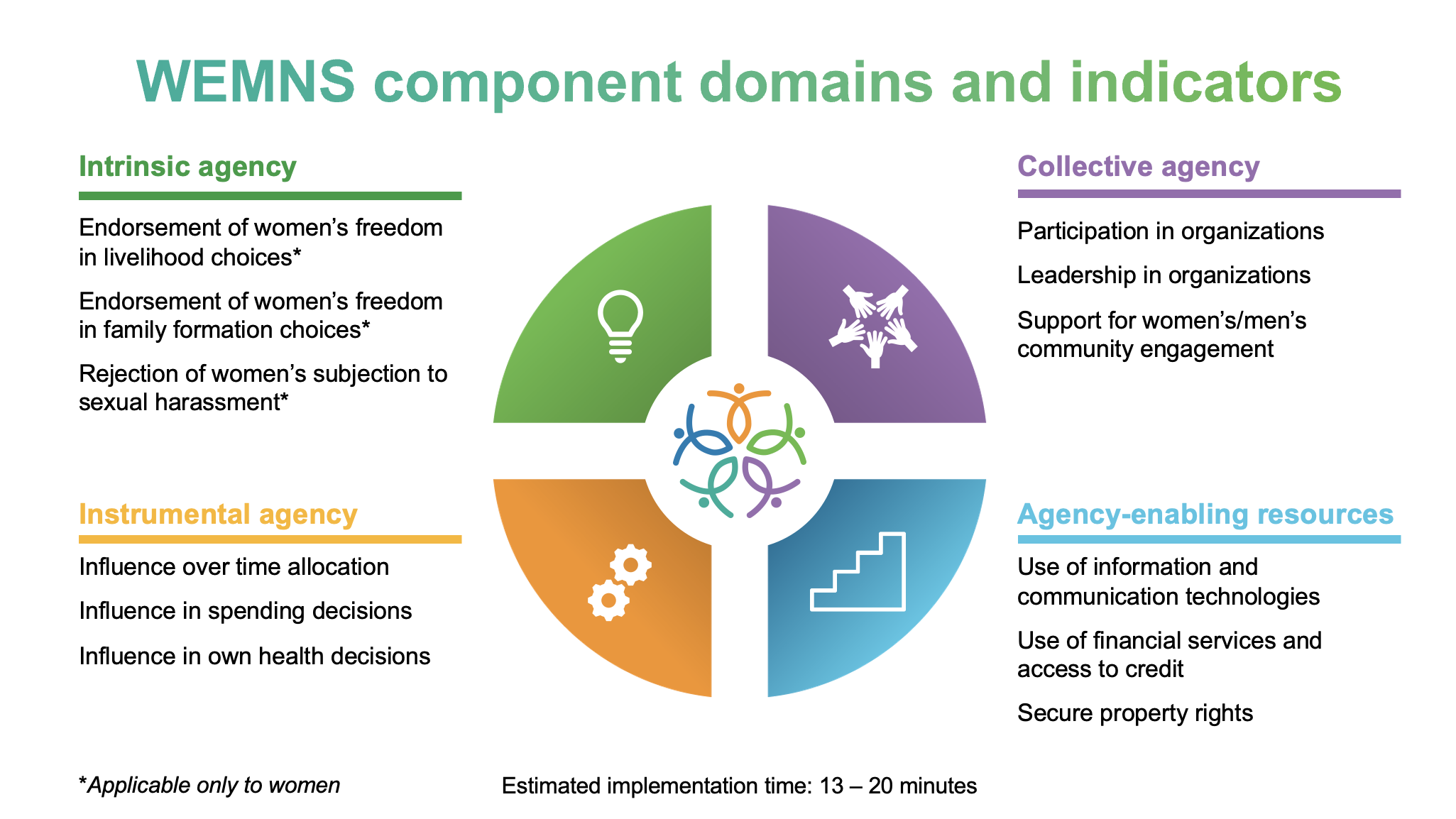What knowledge is needed to ride a bike? Is it enough to have a manual? Of course not … you need to get on the bike, fall off, get back on again … and eventually you’ll figure it out. The manual may provide information on “what” to do, but knowledge of “how” to do it is tacit knowledge that can only be acquired from experience. This important distinction was made in The Concept of Mind (1949) by the British philosopher Gilbert Ryle: Between “knowing that” and “knowing how.” In nutrition, as in many development arenas, we have a wealth of knowledge products (guidelines, toolkits, checklists) that focus on “what to do” but not enough documented experience of attempts (some successful) of how to do it.
In his recent book How Change Happens, Duncan Green uses the analogy of raising a child. How would a child turn out if parents developed a logical framework for child-rearing and slavishly followed it? And would they still be speaking, 20 years later? In the real world, parents make it up as they go along—they rely on experience and advice from other parents who have been there. “Learning by doing” is important for all of us sometimes succeeding, sometimes failing. But learning from someone else’s “doing” is also possible, so long as it’s documented and conveyed—ideally in a compelling narrative or story, so that it is more easily retrieved.
Addressing the challenge of multisectoral issues like malnutrition involves actions that occur within a complex system, and in which knowledge comes from both evidence (e.g. from published studies) and crucially, from experience.
This was the essential rationale for the Stories of Change (SoC) initiative developed by Transform Nutrition. To meet the growing demand from many countries for experiential learning, SoC sought to systematically assess and analyze drivers of change in six high-burden countries (Bangladesh, India (Odisha), Ethiopia, Nepal, Senegal, and Zambia) that have had some success in accelerating improvements in nutrition.
All countries undertook analyses of changes over several decades in nutrition outcomes, changes in nutrition-specific and nutrition-sensitive drivers, and changes in nutrition-relevant policies and programs. Semi-structured key informant interviews—434 in all—were carried out with a range of stakeholders at different levels, along with 14 focus group discussions. We set out to tell structured stories of what happened, drawing upon the experiences and memories of a range of key actors who were there—including policymakers, district government officials, NGO reps, private sector employees, frontline workers and women in high-burden communities.
These stories are brought together in a new special issue of the journal Global Food Security (open access). It comprises 10 papers: Six national case studies; one paper that analyzes quantitative drivers of change; another examining perceptions of change at the community level; a set of 10 commentaries from global and national champions; and an overarching synthesis paper.
Key ingredients of positive change that we see repeated in different contexts are commitment, coherence, accountability, data, leadership, capacity and finance. These all need to be present over time, for progress to be made and for it to be sustained—but they will not look the same in every place. The choice of actual policy and program actions (the “what”) will necessarily be driven by context—including the type of problems being faced, available solutions, and the capacity to act—these interlinked factors are the fundamental building blocks that determine how change happens, and can be (proactively) made to happen.
Change and challenge are almost the same words—and we see that many changes were triggered by the need to respond to a challenge and, turning it round, changes also generate challenges. Like “crisis and opportunity”, they are flip sides of the same coin. SoC interviewees discussed both—shining a light on how windows of opportunity may open up (e.g. political change) to address longstanding challenges and generate positive changeand how, as progress is made, new challenges come to the forefront. Many countries, for example, have made major gains in aligning policies and generating cross-sectoral consensus and coherence on nutrition. The new challenge is vertical coherence—that is, how to make this work in practice, from national through district to community levels.
Books about stories are proliferating! In the brilliantly titled Houston, We Have a Narrative, Randy Olson suggests that the single biggest problem facing science today is “narrative deficiency.” And in The Myth Gap: What Happens When Evidence and Argument Aren’t Enough?, Alex Evans also makes the case for better stories—in his case to get the climate change message across. We’re in the same position with nutrition. Data and evidence are key, but not enough. We need stories of change that resonate and can themselves catalyze change—all the more important in the context of the multiple burdens of malnutrition we’re now facing. We need to build a library of experience, well curated and accessible—and we need to become better storytellers.
Stuart Gillespie is a Senior Research Fellow with IFPRI’s Poverty, Health and Nutrition Division. This post first appeared on the Transform Nutrition blog.







